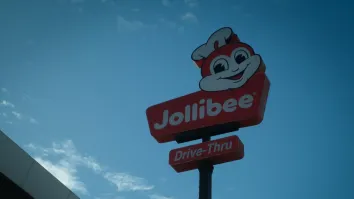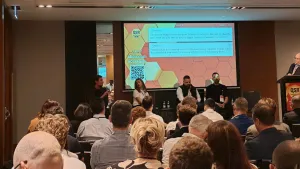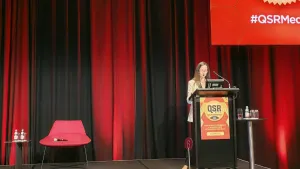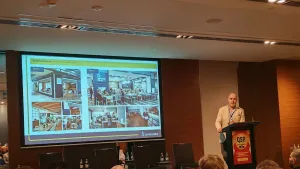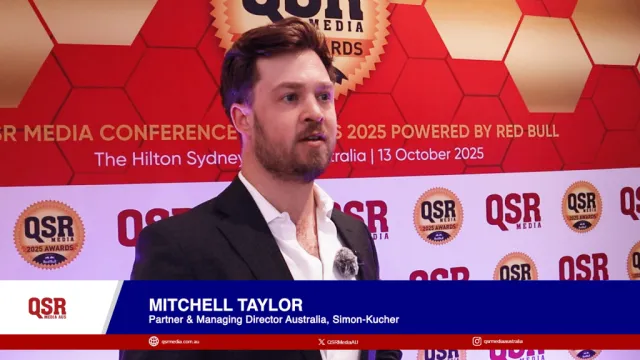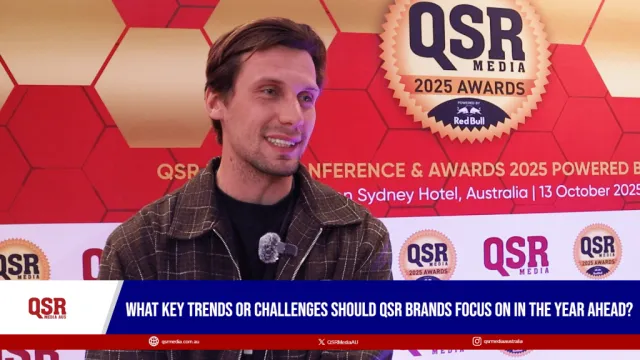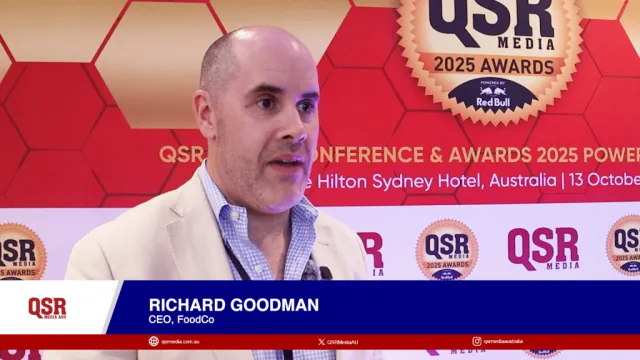
Technology, Blockchain and Supply Chain – What will it mean?
Written by Thomas Webb.
What is Blockchain?
A Blockchain is essentially a register, not unlike any other type of virtual document, that forms a ledger of transactions or events that is unchangeable. Being peer to peer or system to system relayed, and not centralised, no one party is the owner of the chain and it is next to impossible for external parties (hackers) to corrupt. In an open blockchain, anyone can request access to read and write on the chain while a private blockchain can only be accessed by approved parties. The factor that unites both private and open blockchains is that no one can remove transactions or events, only add, and common or related transactions or events are linked by “hashing” or digital identification.
Confused yet?
To make the concept as simple as possible, a sign on sheet passed around a convention is a form of blockchain:
- The sign on sheet exists in an unchanged form until someone puts their name to it.
- No one is authorised to remove names and all attendants must add their names to the list.
- When a name is added to the sign on sheet, none of the information that was already there changes in any way.
To take the concept one step further, a sign on sheet also has other fields, such as “Organisation”. As such:
- Attendees from common organisations will list the same information in the Organisation field.
- Whoever views the completed sign on sheet is able to reference the common entries of these attendees. This is an example of hashing as mentioned above.
- This simple process of using a sign on sheet allows viewers to see who attended the convention in chronological order, and to assess what commonalities apply using the organisation field.
If all participants at the convention can access this sign on sheet at any time then it is the perfect analogy for a very simple open blockchain.
Basic blockchain methodology is not something that is foreign, as most people have accessed a cloud document, collaborated with a colleague on a report or added to a spreadsheet and sent it on. The difference with this method/technology is the streamlining of information that is relevant to all parties and the automation of functions that can be achieved.
Now, you may be wondering why a Procurement and Supply Chain consultant is discussing IT related processes usually related to crypto currencies? The answer is simple: this rationale has the potential to revolutionise how businesses execute and administer their supply chain process.
Supply Chain is not a sector that gets disrupted all that often, so you could expect that when it does, the impact is going to be huge. The emergence and diverse uses of blockchaining has the potential to usher in a new era of visibility and accountability for procurement and trade with the effects of this being seen at many levels.
In previous articles, I have really dwelled on relationships and how those relationships can add to your business, but one vital factor that will make or break these partnerships is transparency. Blockchains are designed for transparency. All events and transactions on a solidly blockchained process can be accessed by all (or approved) parties at every step, and incorporated into automated systems to ensure that compliance needs are met.
At all points, through the peer to peer blockchain network, visibility is available to all parties giving a level of transparency to ensure their needs are met. If all products used had a blockchain attached, the validation required to ensure quality would be far lessoned.
A good example: Frozen fish. If you are utilising any form of mass, block supplied frozen fish in your business then the transparency of this product is murky at best. While country of origin can be easily established, validation of the compliance of each producer and the methodologies employed is a costly and time consuming exercise. Open blockchaining can ensure there is a visible chain of events and associated compliance. Specific farm or fishery, QA Auditor, forwarder, ports of loading and warehousing location could be easily tracked through batching information or other identifying details by stepping back through the blocks.
Most importantly, this information would be widely accessible and the value of transparency cannot be underestimated. A great example of this is John West who print labels on their cans so that end users can trace their fish back to the original fisherman who caught it. This innovation is said to have netted close to an additional $22 million in sales world-wide. That’s a lot of tinned tuna…
The potential of blockchains doesn’t end with visibility, and is in fact barely scratching the surface. Think of the new delivery mechanisms available to retail and QSR food businesses at present (Uber Eats, Foodora etc). These platforms perform tasks not unlike a blockchain:
- Customer interacts and submits their requirements – places an order
- Payment is accepted by 3rd party facilitator – Foodora or UberEats
- Order is accepted by business
- Delivery job is accepted by contractor
- Order is completed by business
- Order is collected by contractor
- Order is delivered to customer by contractor
- Payment is released by 3rd party to business.
While, not technically a blockchain, it employs the theory that at every point this process is accessible to each party in the transaction and every event has an automated consequence.
Now, imagine a world where you could essentially access a relevant network of suppliers through an established, user verified and validated network of vendors, growers and manufacturers. How would it completely transform your supply chain if your product and procurement needs were essentially crowd sourced? The wholesale and foodservice industries now are governed by gate keepers if you will. You gain access to products, often, by the associates you currently deal with. Looking outside your network is often a time consuming and costly endeavour, needing to validate and verify all avenues… that is if you can even find who you need. Procurement and Supply using a blockchain driven system has the power to completely change this, providing direct links between the users and manufacturers.
Where blockchain theory cut its’ teeth was Bitcoin. A user submitted a request, or block, to the chain stating their intentions. This maybe something akin to:
“User 1 wishes to buy 4 Bitcoin at $100 USD”.
Through hashing and reference this will be linked to another block of, for example:
“User 2 Selling 10 Bitcoin for $100 USD”.
These requests, or blocks, are verified by the user base in general and added to the chain and linked together. These entries, along with the millions of others, provides the ledger for the movement of Bitcoin. It’s important to realise that it is not only Bitcoin itself that is traded on the ledger. People use Bitcoin to pay for all types of goods and services (legal and not so legal) utilising the blockchain. Now, imagine the possibilities for any products or services, linked by a common thread using such a ledger.
Want a better deal on chips? Instead of discussing with your distributor or agent… Why not add it to an industry specific blockchain? The implications of this could be absolutely game changing and may finally lead to an equal playing field in distribution. Conversely, instead of manufacturers being at the mercy of distributors to promote their product offering or needing to make the significant investment of an end user engagement team, why not “block” their offering and put it on the chain? While this sounds like it’s the equivalent of trolling a twitter feed for product, or needing to decipher pages of code to get the best deal, there is no reason that this couldn’t be a graphical interface that you can customise so you can see exactly what interests you.
Let’s take this one step further…
You’re wanting your own chips, one specific to your business that no other QSR has access to. By adding a request, or rather block, to the chain, another user acting on that request submits their own block for offering, and putting a smart contract in place on the block you could detail the exact terms of the agreement. An example of the blocks would be as such:
“User 1 request for 16mm diamond cut #beerbattered #chips - #Australia – exclusive - $2/kg landed price”
“User 2 accepts #beerbattered #chips - #Australia and submits specifications and quotation”
“User 1 accepts #beerbattered #chips - #Australia quotation and submits smart contract
- MOQ 200 units
- Lead time 4 weeks
- Subject to QA assessment upon manufacture”
“User 2 accepts terms of #beerbattered #chips - #Australia smart contract”
In this scenario, User 1 has issued a request referencing as searchable the terms that are necessary for their product. User 2 has responded given those terms. Adding terms to the smart contract on the blockchain will ensure that the contract of supply is automatically void if the requirements are not met. With use of an integrated smart contract system, many outcomes could be put in place depending on terms of the smart contract:
- Contract confirmed? Your distributor is automatically notified complete with pricing and negotiated margin.
- MOQ (minimum order quantity) is not met? Notification is sent direct to User 1 or automatically increased accordingly.
- Specifications of manufacture batch do not conform? Payment is automatically halted.
The opportunities are endless and the efficiency that this could usher through is nothing short of mind blowing.
If you think this is unlikely… When was the last time you took a branded taxi? For me it has been two years. Now I put out a request online for a verified user to come collect me in their personal car to take me where I am going… 5 years ago this was a fantasy.
I was at a trade show last week and, to be honest, I believe I was witnessing the beginning of the end for this part of the business. Trade shows, not unlike television advertising, are becoming less relevant due to the mass appeal requirements of such avenues. While the contests were enjoyable and the reps engaging, most manufacturers I spoke to lamented that the decision makers don’t see the value in these events in a modern world. While platforms like UberEats and Foodora have changed how QSR businesses market and deliver their products to the end user, how long will it be until a block chain based technology changes the face of how products are offered to you or completely transform how we look at the relationships we have with our primary manufacturers?
With the manufacturing and distribution market in Australia being so small, and the cost of reaching potential customers so high, a new platform and a new approach to business to business supply will be earth shaking. Not only will it change how we do business and streamline how we procure, validate our entire supply chains, establish quality assurance and secure on going supply networks, it has the power to completely change how distributors and suppliers present their offering to the market with the coal face businesses benefiting from the renewed sense of competition. Will the emergence of this technology affect the current distribution landscape how we view it today? If adopted, highly likely, but I doubt strongly if it will kill it. Talking to industry leaders about Uber Eats and associated platforms the consensus was that while it might not fit with your current business model, the adaption of your business model to suit Uber Eats is very worthwhile. So, with great examples of businesses who have failed due to not adapting to new technology (Kodak, Blockbuster) you would have to think that it is in the best interest of traditional manufacturers, producers and distributors to embrace and adapt.
While the examples I have given are very simplistic, these processes are already being employed in other industries and markets with great success. Technological disruption is here to stay so how long will be until we use this technology in the foodservice and QSR sector?
It may be closer than we all think.





